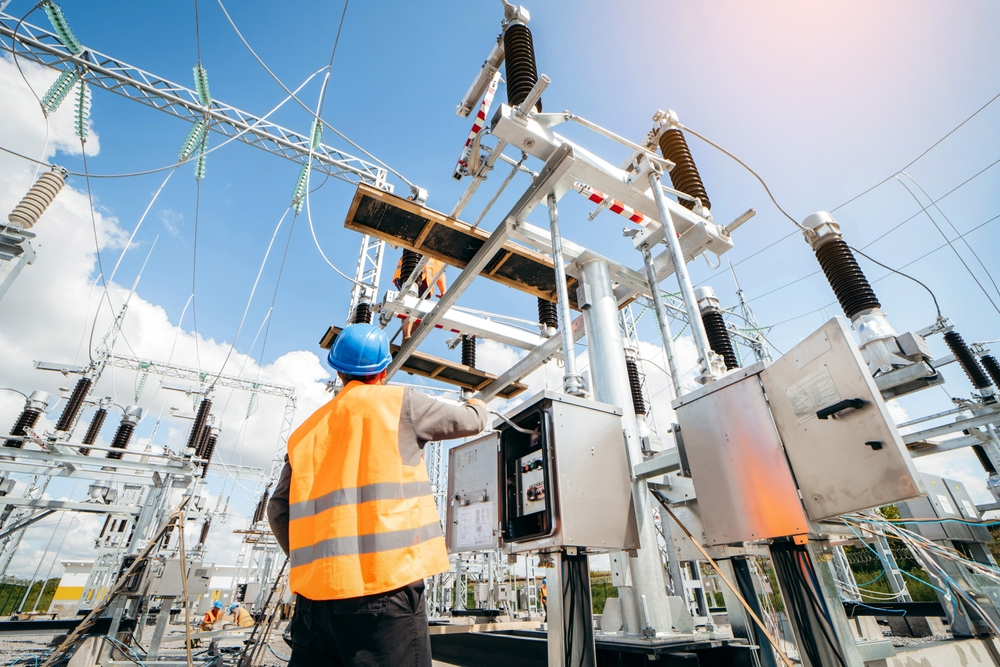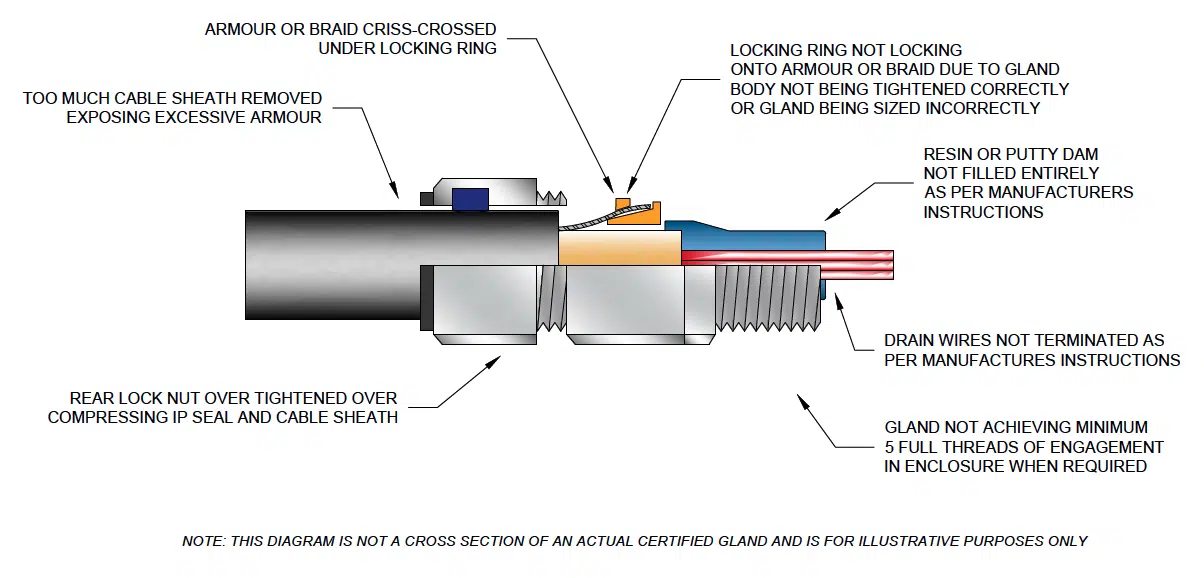Some Known Details About Roar Solutions
Some Known Details About Roar Solutions
Blog Article
The Best Strategy To Use For Roar Solutions
Table of ContentsWhat Does Roar Solutions Do?Roar Solutions Things To Know Before You Get ThisUnknown Facts About Roar Solutions
In order to protect installments from a prospective explosion a method of analysing and categorizing a possibly unsafe area is required. The function of this is to ensure the appropriate option and installation of equipment to eventually prevent a surge and to ensure safety and security of life.
(http://prsync.com/roar-solutions/)
No devices ought to be installed where the surface area temperature of the equipment is higher than the ignition temperature of the given risk. Below are some common dirt dangerous and their minimal ignition temperature. Coal Dirt 380C 225C Polythene 420C (thaws) Methyl Cellulose 420C 320C Starch 460C 435C Flour 490C 340C Sugar 490C 460C Grain Dirt 510C 300C Phenolic Resin 530C > 450C Aluminium 590C > 450C PVC 700C > 450C Residue 810C 570C The probability of the risk existing in a concentration high enough to create an ignition will differ from place to area.
In order to classify this risk an installment is divided into locations of threat depending upon the quantity of time the hazardous exists. These locations are referred to as Areas. For gases and vapours and dusts and fibers there are 3 zones. Area 0 Area 20 A harmful ambience is very most likely to be existing and might be present for long durations of time (> 1000 hours per year) or perhaps continuously Zone 1 Area 21 An unsafe environment is possible however unlikely to be present for extended periods of time (> 10 450 C [842 F] A classification of T6 suggests the minimal ignition temperature level is > 85 C [185 F] Harmful area electrical devices possibly made for usage in greater ambient temperature levels. This would showed on the ranking plate e.g. EExe II C T3 Ta + 60C( This implies at 60C ambient T3 will certainly not be gone beyond) T1 T1, T2, T3, T4, T5, T6 T2 T2, T3, T4, T5, T6 T3 T3, T4, T5, T6 T4 T4, T5, T6 T5 T5, T6 T6 T6 A T Course score of T1 means the optimum surface area temperature level produced by the tool at 40 C is 450 C. Assuming the associated T Class and Temperature level rating for the tools are appropriate for the area, you can always utilize a tool with a much more rigorous Division rating than required for the location. There isn't a clear response to this concern unfortunately. It really does depend on the kind of devices and what repair services need to be performed. Devices with details examination treatments that can't be executed in the field in order to achieve/maintain 3rd party ranking. Need to come back to the factory if it is before the devices's service. Area Repair By Authorised Worker: Complicated screening might not be needed nevertheless certain treatments might require to be followed in order for the equipment to keep its 3rd celebration rating. Authorized personnel must be employed to perform the work appropriately Repair work need to be a like for like replacement. New element need to be considered as a straight replacement needing no unique screening of the devices after the fixing is total. Each tool with a dangerous score should be examined independently. These are laid out at a high degree listed below, however for even more thorough details, please refer straight to the standards.
8 Easy Facts About Roar Solutions Described
The equipment register is a comprehensive data source of tools records that includes a minimum collection of areas to determine each thing's area, technological criteria, Ex classification, age, and ecological information. The ratio of Comprehensive to Close examinations will certainly be determined by the Tools Risk, which is analyzed based on ignition danger (the possibility of a resource of ignition versus the likelihood of a flammable ambience )and the harmful location classification
( Zone 0Area 1, or 2). Executing a robust Risk-Based Inspection( RBI )method is critical for making sure compliance and safety in taking care of Electrical Tools in Hazardous Locations( EEHA).
Some Known Details About Roar Solutions

In terms of eruptive risk, an unsafe location is an environment in which an eruptive atmosphere exists (or may be anticipated to be existing) in amounts that need unique safety measures for the building, installation and usage of tools. eeha. In this post we check out the challenges faced in the workplace, the threat control actions, and the needed proficiencies to function securely
It is a consequence of modern life that we manufacture, keep or manage a variety of gases or liquids that are considered combustible, and a variety of dirts that are deemed combustible. These substances can, in specific problems, create eruptive atmospheres and these can have major and heartbreaking effects. A lot of us are acquainted with the fire triangle get rid of any one of the 3 elements and the fire can not happen, yet what does this mean in the context of hazardous areas? When damaging this down into its simplest terms it is basically: a mix of a certain amount of release or leak of a particular compound or product, combining with ambient oxygen, and the existence of a resource of site link ignition.
In a lot of instances, we can do little concerning the degrees of oxygen airborne, yet we can have considerable impact on resources of ignition, as an example electrical devices. Harmful locations are recorded on the harmful area classification illustration and are recognized on-site by the triangular "EX LOVER" indicator. Here, among other crucial details, areas are split right into 3 kinds relying on the risk, the probability and period that an explosive atmosphere will exist; Area 0 or 20 is regarded the most dangerous and Zone 2 or 22 is regarded the least.
Report this page